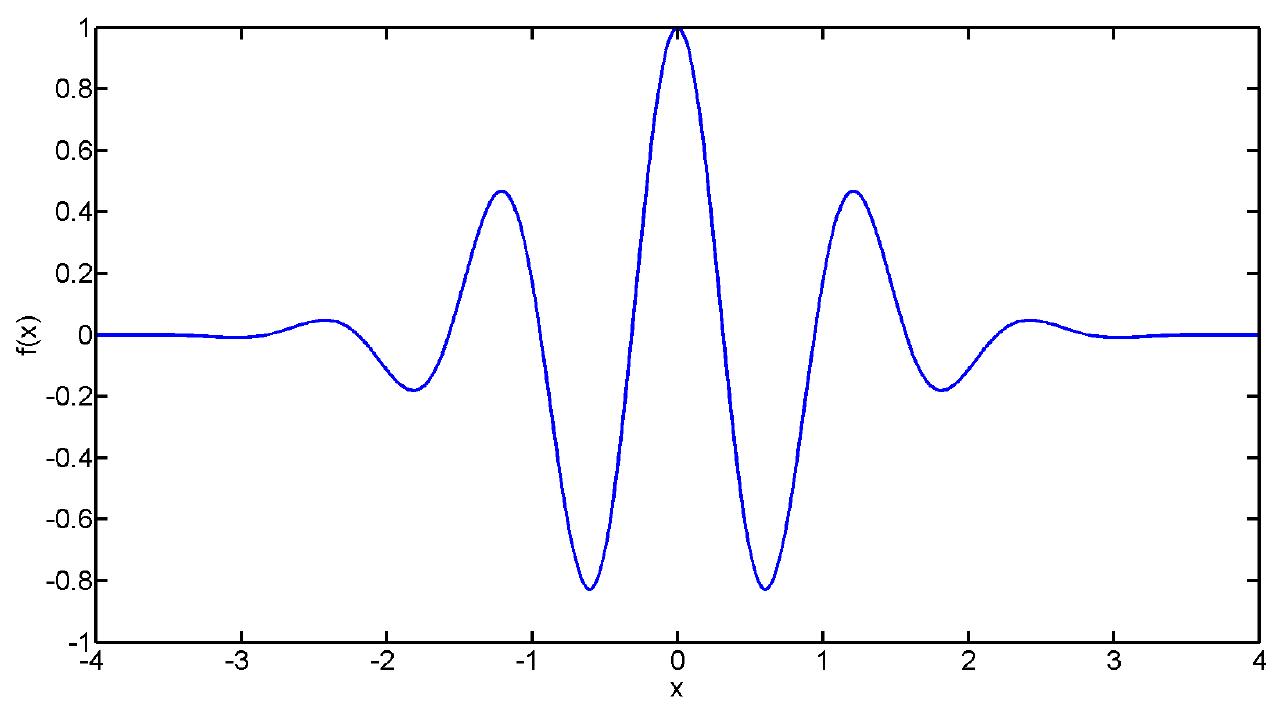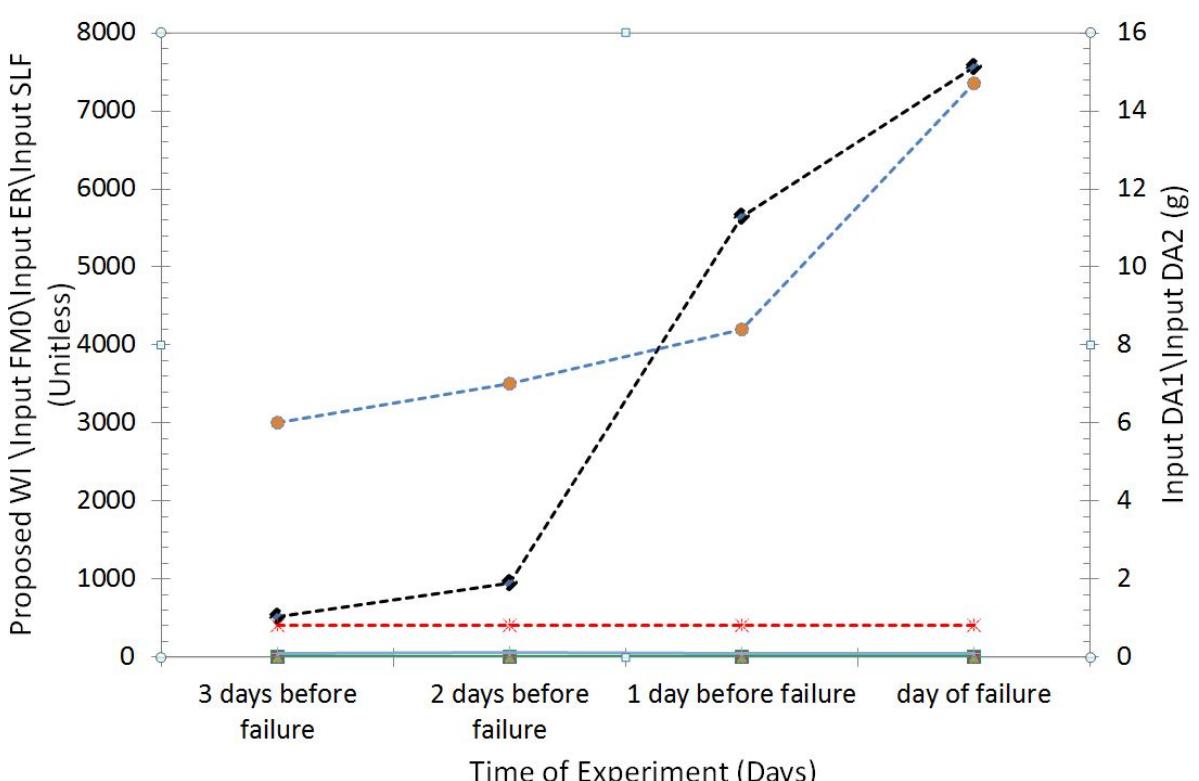Key research themes
1. How can frequency domain methods characterize long-term cycles in economic growth data?
This research area focuses on applying and comparing frequency domain techniques, including spectral analysis, wavelet transforms, and empirical mode decomposition, to analyze cyclical patterns in macroeconomic growth data, particularly US real GNP. The aim is to evaluate the existence, duration, and strength of economic growth cycles beyond standard short business cycles, addressing issues of non-stationarity and the validity of the classical 'typical' spectral shape hypothesis first proposed by Granger.
2. How does spectral analysis assist in predicting epidemic outbreak periodicities within time series data?
This theme investigates the applicability of spectral methods, especially Fourier analysis and its fast computational variant FFT, to epidemiological time series data for infectious diseases such as COVID-19. The research examines how smoothing techniques coupled with spectral analysis can reveal underlying periodicities in case numbers, to forecast future waves and assess temporal dynamics, especially useful given the nonlinear growth and complex transmission characteristics of pandemics.
3. What are the advanced spectral analysis techniques and their applications for atmospheric and environmental variability monitoring?
This research area explores innovative spectral and wave amplitude indices developed for characterizing low-frequency atmospheric variability modes, planetary wave amplitudes, and environmental spectral indices from remote sensing data. These methods assist in modeling complex nonlinear, non-stationary climatic processes and spatially heterogeneous environmental changes, aiding in the interpretation and monitoring of phenomena such as blocking patterns, urban built-up land detection, land-surface temperature, and vegetative dynamics using satellite imagery.












